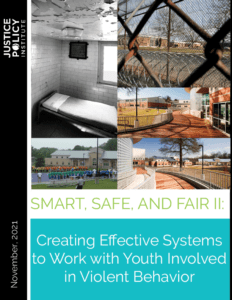
The 2014 Act requires private landlords to check the immigration status of tenants and temporary migrants to make contribution to the NHS. The hostile environment policy was translated in the Immigration Acts of 20 which included myriad measures to prevent people from accessing employment, healthcare, housing, education, banking and other basic services. It meant that public sector and private workers – from the NHS, to landlords – with little training or knowledge of the immigration system are now enforcers of immigration control. While outsourcing controls is not new, the 2014 Act pushed the practice to the limits. Both processes mean the Home Office can pursue its draconian policy while placing the onus and liability on others. This has entailed outsourcing immigration controls to private actors, and dispersing the immigration control remit away from the silo of the Home Office across Whitehall. Immigration control now extends far beyond the border.Ĭampaign group Liberty parodies an infamous Home Office ad campaign. When they sought medical treatment, rented a home, applied for a driving licence or got a job, they faced immigration checks. This meant that migrants must prove their right to reside at every turn. Second, knowing that border controls are only one element of immigration control, the policy shifted to internal controls. Any non-British passport holder was assumed to have violated immigration rules until proven otherwise. The basic idea behind the hostile environment has two components. They would be “encouraged” to leave voluntarily.

The broad objective is and was to make life as difficult as possible for any irregular migrant – or any migrant the Home Office judged as potentially illegal in lieu of the correct documentation. Her response: “ The aim is to create, here in Britain, a really hostile environment for illegal immigrants”. May first spoke about creating a hostile environment in 2012 when challenged on why annual net immigration, then running at about 250,000, was not reaching the promised tens of thousands. Hostile environment: outsourcing controls So to dovetail the restrictive policies, May institutionalised the notion of a hostile environment. But it was also due in large part to the fact that the UK labour market is structurally dependent on migrants. This is partly because the UK couldn’t restrict the movement of EU citizens (cue Cameron’s referendum and the road to Brexit). A swathe of other stringent measures on language requirements, income thresholds, economic resources, working rights and increasing settlement requirements came in across all migration streams.īut it turned out that reducing immigration was not quite as simple as shutting the doors. The remaining seasonal schemes were terminated and family reunification was made harder. Eligibility criteria were harshly increased. High skilled routes were closed and a cap was placed on the number of Tier 2 visas issued annually. Under then home secretary Theresa May’s leadership, every migration stream was restricted in some way. That is what led to the infamously flawed net migration target. With UKIP gaining ground, and an anti-immigration stance looking like the winning ticket, the once socially liberal David Cameron became increasingly authoritarian in immigration policy and discourse. That opportunity was grasped by the UK Independence Party (UKIP), which positioned itself as the party to end immigration. As the implications of this were borne out over the 2000s, a political opportunity arose to fuse the once separate issues of EU membership and immigration.

The story starts back in 2004, when the Labour government allowed unfettered access to the UK labour market to citizens of the countries in Eastern Europe that had just joined the EU.

But what is this hostile environment and where did this policy come from? The public is now seeing the harsh and inhumane implications of this policy, with the Windrush generation, who helped to rebuild post-war Britain, being denied their rights. Behind the changes to the immigration rules has been an overarching policy to create a “hostile environment”. This was driven by a Conservative manifesto pledge to reduce annual immigration from hundreds of thousands of people to tens of thousands. Never has an administration focused so much time and effort on an anti-migration policy – and one that is failing by all counts at that.Ĭountless restrictive measures have been placed on almost every migration stream since 2010, when the coalition government set itself a flawed net migration target. Immigration policy under Theresa May’s tenure might be the most draconian in Britain’s history.


 0 kommentar(er)
0 kommentar(er)
